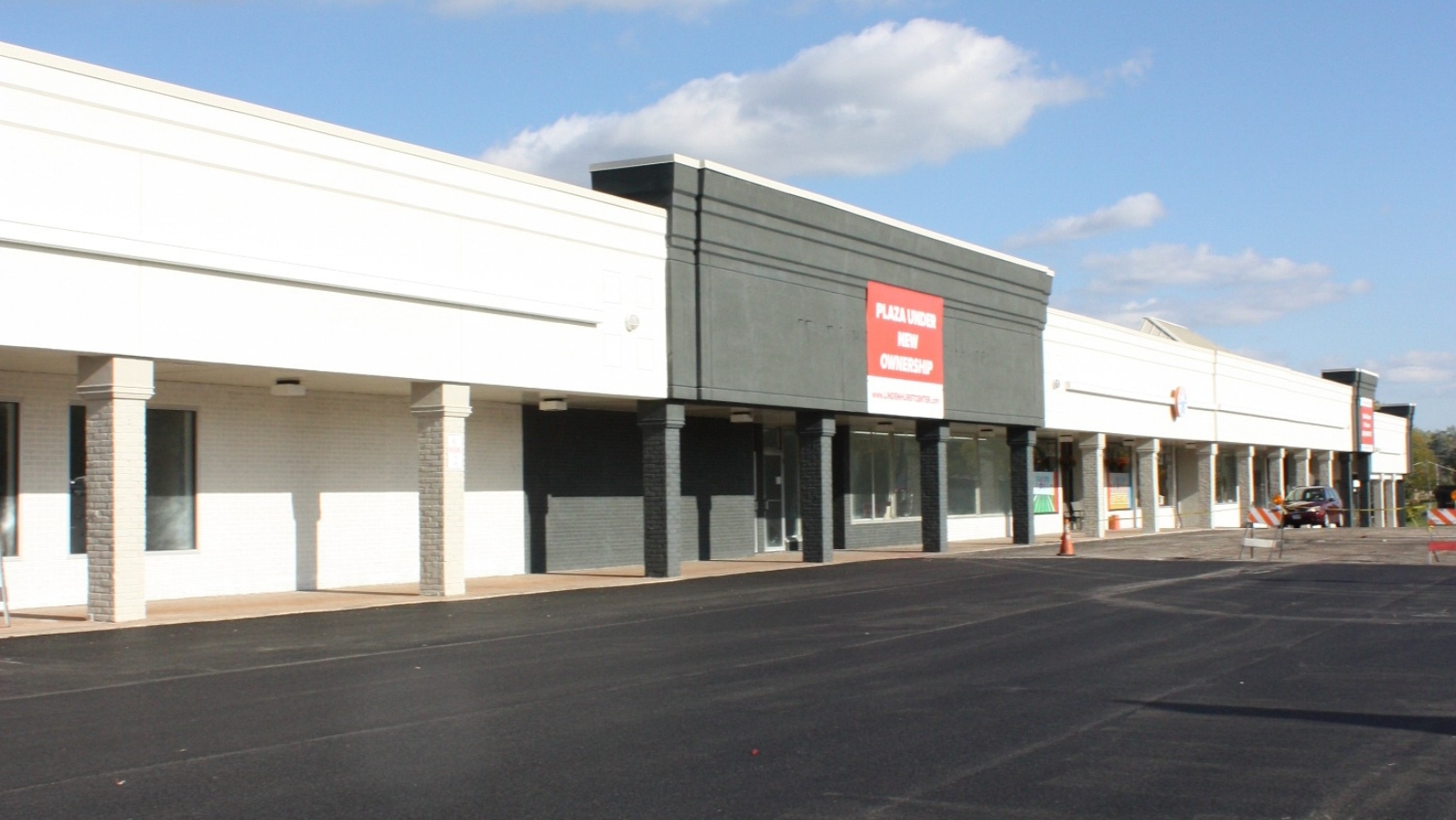
Understanding the Seal Coating Process: How It Protects Your Asphalt Investment Sep 23, 2025
Seal coating is essentially a protective layer applied to asphalt surfaces to shield them from the myriad of elements that can cause wear and tear. Much like applying sunscreen to protect your skin from the sun's damaging UV rays, a seal coat serves as a protective barrier against the elements. This not only includes the harshness of the sun but also other potentially damaging factors like water, oils, and chemicals that can seep into and erode the asphalt.
The seal coating process begins with a thorough cleaning of the asphalt surface to ensure maximum adhesion of the sealant. Any dirt, debris, or stains are meticulously removed, often using power washing equipment and industrial-strength cleaners. This cleansing process is crucial as even the smallest particle left behind can prevent the tight seal necessary for optimal protection.
Once the surface is clean and any necessary repairs are made, the asphalt is now ready for the sealant. The application of the seal coat is a meticulous process requiring precision. Professionals often employ a combination of squeegees and sprayers to distribute the sealant evenly over the surface. This careful application ensures that every inch of the asphalt is coated, providing a uniform protective layer.
A critical part of understanding the seal coating process is recognizing its role in maintaining the structural integrity of your asphalt. Seal coating is not just about keeping your driveway or parking lot looking pristine; it significantly extends the life of your asphalt by preventing oxidation and deterioration from chemicals and water penetration. By filling surface voids, seal coating reduces the exposure of the asphalt to oxygen and UV rays, which are responsible for hardening and cracking.
Moreover, seal coating makes routine cleaning and maintenance easier. The smooth, protected surface allows for easy debris removal and reduces the chances of new stains from setting in. For businesses, maintaining a clean and crisp parking lot is often the first impression customers get, making seal coating not just a maintenance activity, but an essential component of customer perception.
It's essential to time your seal coating appropriately. Newly laid asphalt should cure for a minimum of 90 days to a year before applying the first seal coat. Afterward, reapplication is typically recommended every two to three years, depending on traffic volumes and climatic conditions. Regular seal coating can save you from costly repairs down the line, emphasizing the importance of this preventive measure.
In conclusion, understanding the seal coating process reveals the critical role it plays in protecting and extending the life of your asphalt surfaces. At Under Pressure Seal Coating and Lot Striping, our dedication to quality ensures that your asphalt investment remains a durable and visually pleasing asset. By incorporating seal coating into your regular maintenance routine, you're not only safeguarding your property but also enhancing its value for the years to come.
/filters:no_upscale()/media/6bc8c740-418f-46ca-a0f4-193a5828d55c.jpg)
/filters:no_upscale()/filters:format(webp)/media/3a4b5dda-2d3e-4ae4-bb95-76c933d7f293.png)